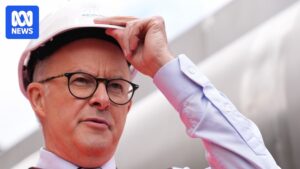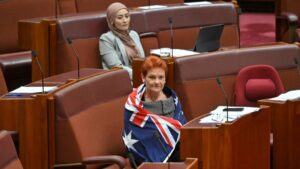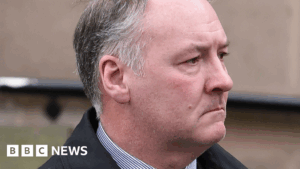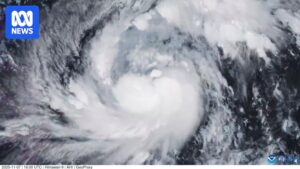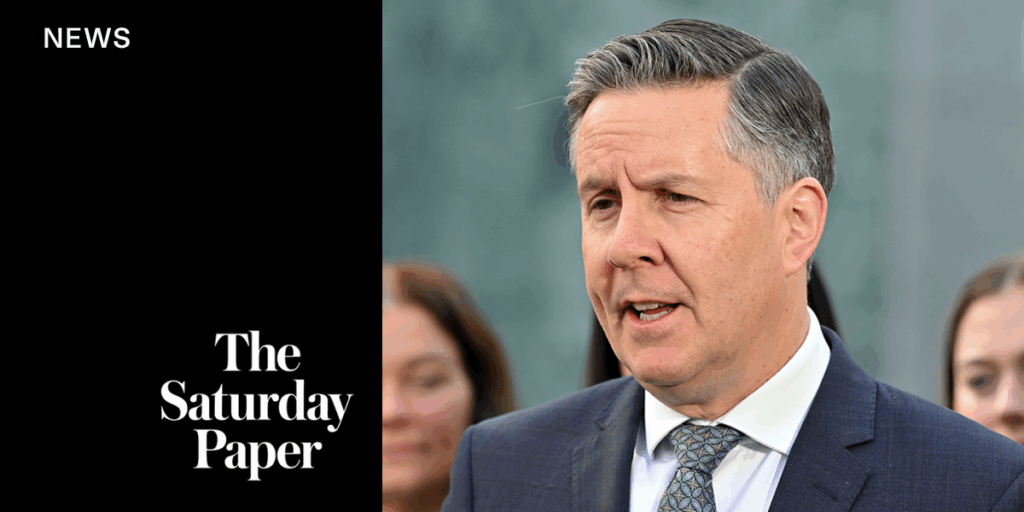
At a private dinner in Sydney last month, Health Minister Mark Butler engaged in a lengthy discussion with executives from Johnson & Johnson. While various industry issues were on the agenda, Butler focused almost exclusively on a single topic: Donald Trump’s executive order on prescription drug pricing, issued on May 12. The order mandates that 17 of the world’s largest pharmaceutical companies lower drug prices for Americans by September 29.
According to an industry source, Butler spent nearly two hours probing the implications of the “most favoured nation” policy and its potential impact on Australia. This policy sets the U.S. price for public programs against the lowest price in a group of countries, including Australia, the United Kingdom, Germany, and Japan. The Trump administration views these nations as benefiting from American-financed innovation without bearing equivalent costs.
Global Pricing and Local Concerns
The intensity of Butler’s inquiries reflects his anxiety about the looming deadline and the possible repercussions for Australia’s Pharmaceutical Benefits Scheme (PBS). If pharmaceutical companies adjust their global pricing strategies to protect U.S. revenues, the PBS could face significant challenges. This scheme, which allows the federal government to negotiate drug prices to keep costs low for consumers, might come under strain.
Concerns intensified in August when the U.S. administration announced a list of 18 countries to form the “most favoured nation” basket for reference pricing, with Australia prominently featured. Industry sources had warned that Australian prices, already among the lowest in the developed world, could set the benchmark for the U.S., potentially leading companies to delay drug launches or withdraw products to safeguard their American revenues.
Political and Economic Implications
The potential threat to the PBS is not immediate but could lead to a gradual erosion of its effectiveness. Trump’s order highlights the dependence of the PBS on the goodwill of multinational companies, whose primary market is the U.S. For Butler, the risk is immediate, with higher prices for new drugs and longer delays in access. For Prime Minister Anthony Albanese, the stakes are even higher as he prepares for an upcoming visit to the White House, where pharmaceutical subsidies are expected to be a key topic of discussion.
A U.S. industry source emphasized the seriousness of the situation, stating, “We take it very, very seriously, it’s a huge focus for us.” Despite hopes that the issue might dissipate, the administration appears determined to address it, having learned from past experiences.
Industry and Government Responses
Butler’s public comments have confirmed his concerns, acknowledging that most-favoured-nation pricing could trigger “knock-on effects” globally, given that the U.S. accounts for about 70 percent of pharmaceutical profits. He has pledged to defend the PBS, citing a reduction in patient co-payments as evidence of the government’s commitment to affordability.
Medicines Australia, the peak local pharmaceutical industry body, has warned its members that Trump’s order is already affecting access to new medicines. Chief Executive Elizabeth de Somer noted, “Pressure from international reference pricing means companies are already making decisions around their current portfolios.”
Exploring Solutions and Future Directions
The Albanese government is exploring pragmatic solutions, including discussions with companies about maintaining confidential prices while adjusting list prices to appease U.S. demands. Australia’s small market share, representing just 1 percent of the global market, may serve as a buffer against potential U.S. actions.
Reform of the health technology assessment process is another avenue for the government. Since the early 1990s, new medicines have had to pass the “fourth hurdle” of demonstrating value for money before being subsidized through the PBS. This requirement has positioned Australia as a pioneer in ensuring cost-effectiveness.
Professor Adam Elshaug from the University of Melbourne emphasized the importance of paying for value, stating, “In Australia, we pay for value, what benefits the medicine offers patients. If that’s high, we pay more. If it’s lower, then we pay less.”
Challenges and Opportunities
Despite the successes of the “fourth hurdle,” such as the affordable listing of hepatitis C antivirals, challenges remain. De Somer pointed out that some transformative medicines are unavailable in Australia, highlighting the need for modernization in the system.
The anxiety in Canberra extends beyond pricing. A recent Productivity Commission study noted that most health system efficiency gains have come from new medicines and technologies. An Australian pharmaceutical executive expressed concern that Australia might not remain a first-tier launch country for new drugs.
Looking Ahead
In Washington, the debate is divided. Some question the enforceability of Trump’s executive order, while others argue that the U.S. disproportionately shoulders the cost of new medicines. De Somer cautioned against complacency, emphasizing the need for investment to ensure Australians do not miss out on new treatments.
As Albanese prepares for his October visit to the White House, the agenda officially focuses on defense and critical minerals. However, Trump’s drug pricing order is expected to be a significant topic in discussions. The challenge for Albanese will be to defend the PBS as a model of equitable access and value for money, while convincing Trump that Australia’s approach to drug pricing is a fair share rather than a free ride.
